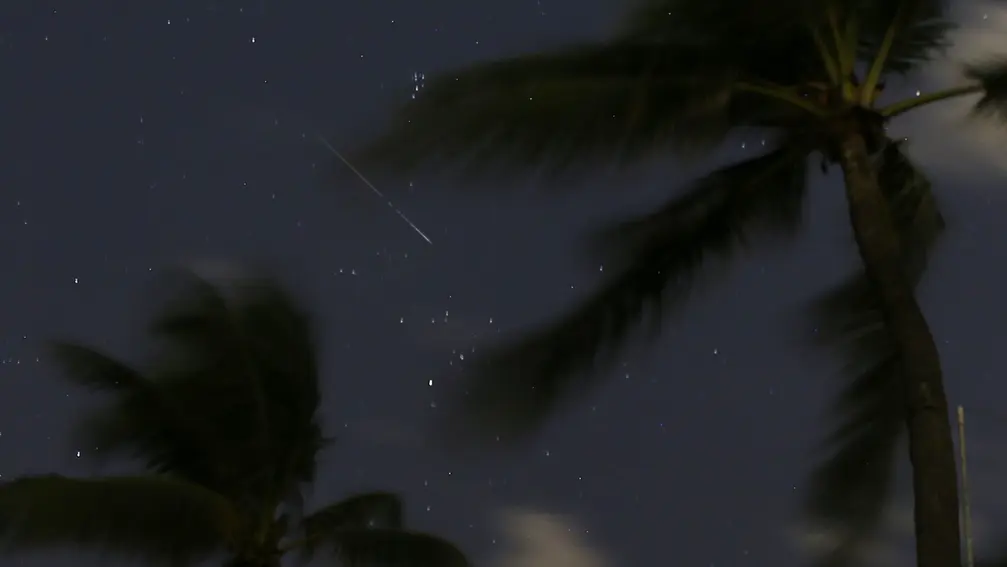T4K3.news
Perseid meteor shower peak
Moonlight may limit faint meteors on Aug 12-13 but a dark sky site can still reveal bright fireballs
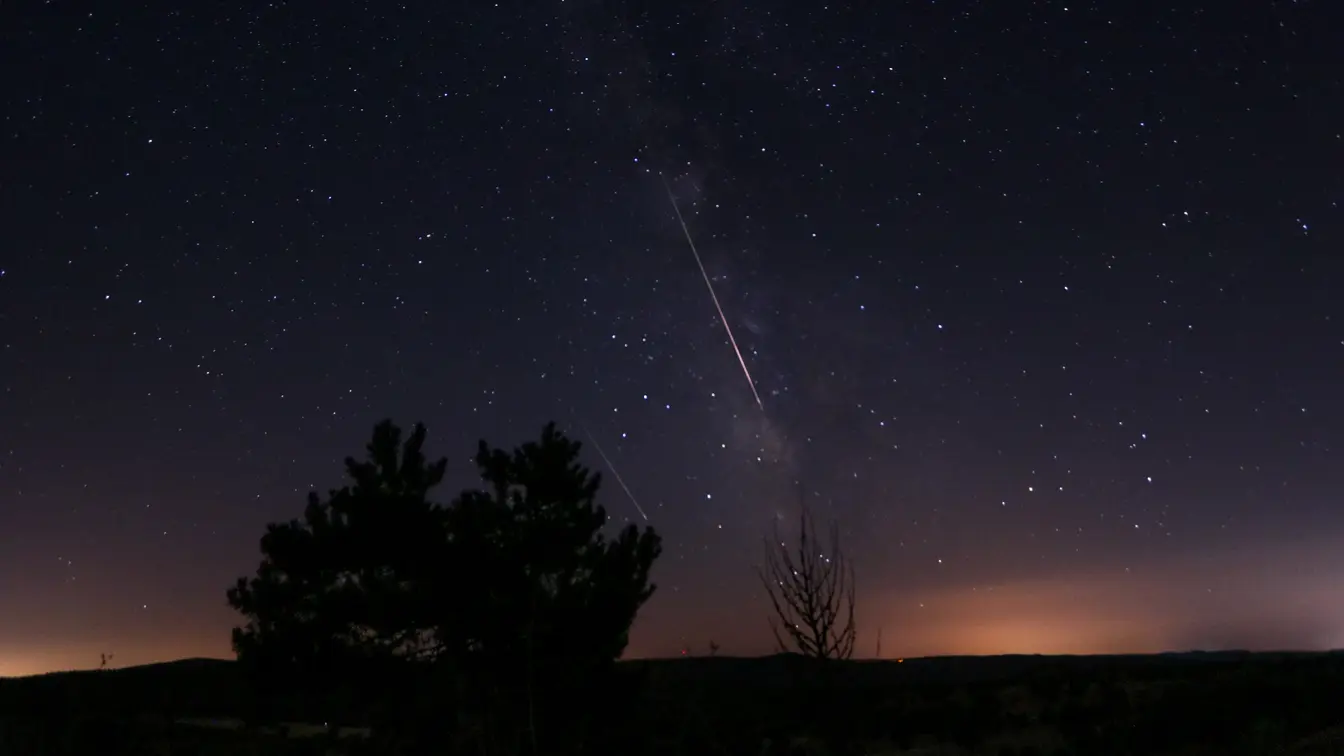
The Perseid meteor shower peaks on August 12 and 13, 2025, but bright moonlight will limit faint meteors.
Perseid meteor shower peaks August 12 13 under bright moonlight
The Perseid meteor shower peaks on August 12 and 13, 2025. A waning gibbous moon will brighten the sky and wash out many faint meteors, challenging observers to pick out the dimmer streaks. Still, dark sky locations and clear patience can yield dramatic fireballs, especially in the early hours before dawn. NASA notes that it can start around 10 p.m. local time, with the best rates near predawn on August 13 when meteor activity is typically highest.
To maximize viewing, find a dark site away from city lights and face roughly north. The radiant lies near Eta Persei in the constellation Perseus, and a good rule is to aim about 40 degrees above that point for the longest meteor trails. A simple fist held at arm’s length covers about 10 degrees of sky, which helps in locating the right patch of sky. If you want to capture the moment, diverse reports point to the Nikon Z6 II as a sturdy option for sky photography.
Key Takeaways
"The best rates will probably be near 15 per hour as dim meteors make up a majority."
Lunsford on expected meteor activity under moonlight
"Watch for long Perseid earthgrazers as soon as it gets dark until the moon interferes."
Viewing guidance for early evening hours
"Rates fall by 50 percent each night after the peak."
Expectation for post peak activity levels
"Look toward the north with the moon at your back for best viewing."
Practical tip on sky orientation
The Perseids are a reminder that skywatching thrives on patience as much as on clear skies. This year the Moon complicates things, so the story shifts from sheer numbers to the quality of the sight: longer trails, brighter fireballs, and a closer look at how lunar illumination reshapes a familiar spectacle. The article’s practical tips invite a wider audience to participate, turning a once a year event into an approachable, shared experience rather than a niche hobby.
Beyond the meteor counts, the piece underscores how communities and media can frame science as an accessible outdoor activity. The focus on radiants, geometry, and timing makes observing feel like a small science project you undertake with the night as a classroom, a perspective that could broaden interest in astronomy while promoting safe, low-cost outdoor recreation.
Highlights
- The best rates will probably be near 15 per hour as dim meteors make up a majority.
- Watch for long Perseid earthgrazers as soon as it gets dark until the moon interferes.
- Rates fall by 50 percent each night after the peak.
- Look toward the north with the moon at your back for best viewing.
Clear skies offer a quiet reminder that the night sky still invites patient, communal watching.
Enjoyed this? Let your friends know!
Related News
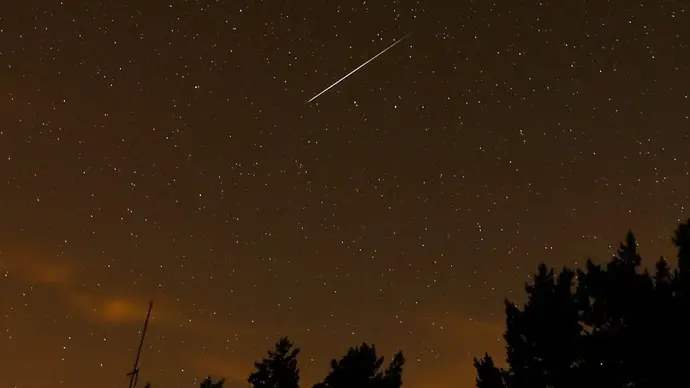
Perseids meteor shower peaks on August 12
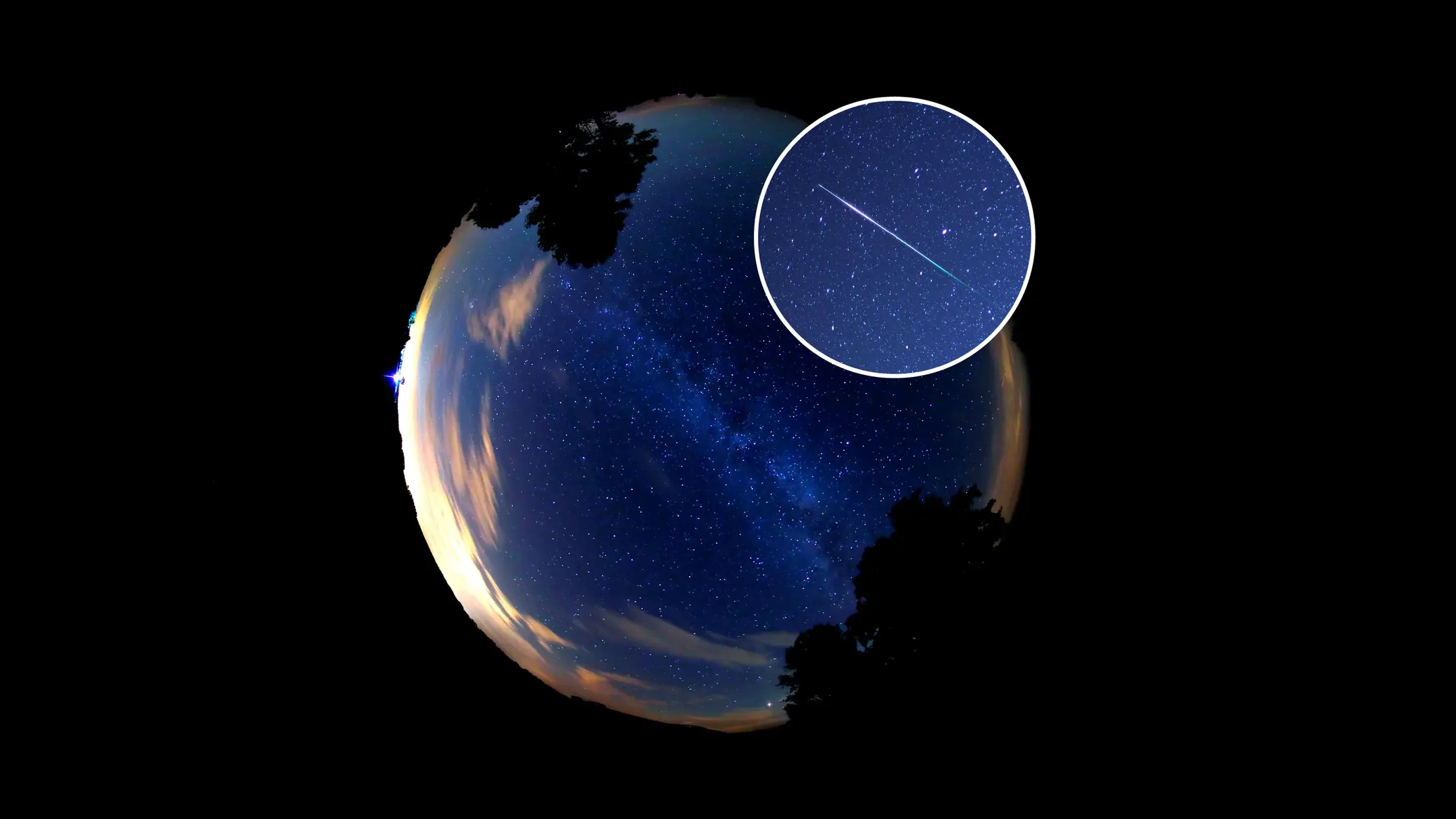
Two meteor showers set to peak in July
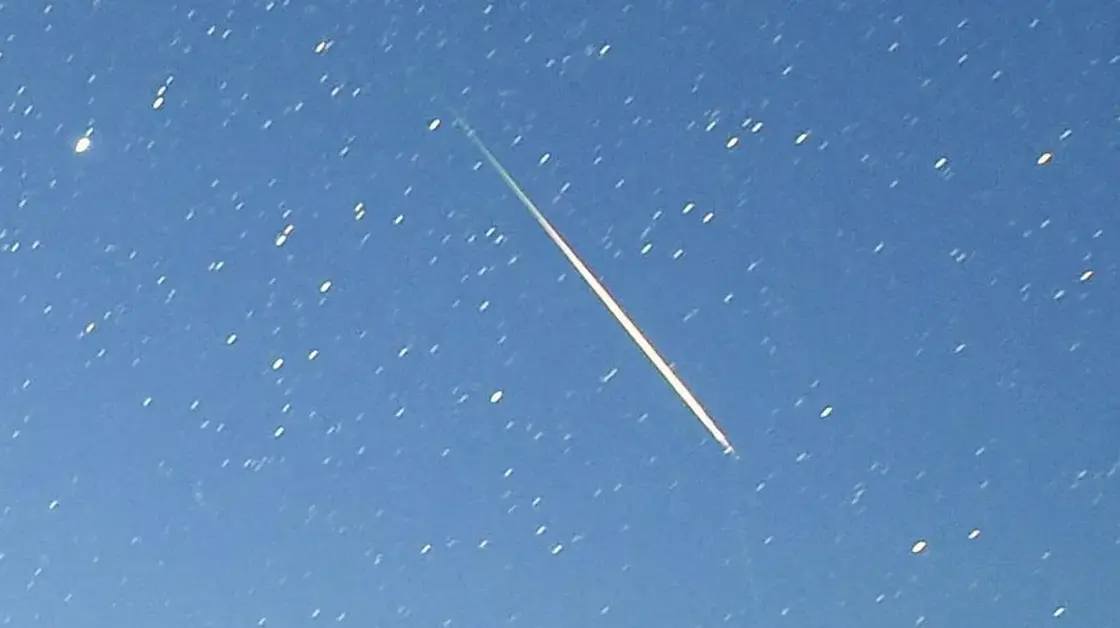
Perseid meteor shower peaks next week
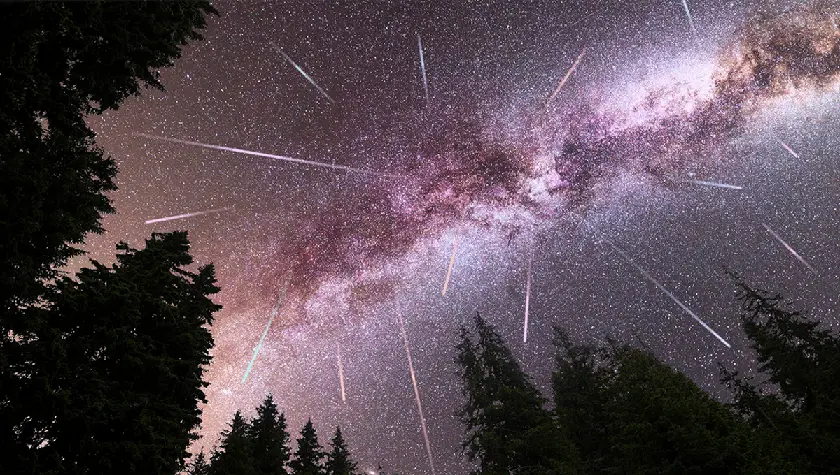
Perseid Meteor Shower Peaks On August 12-13
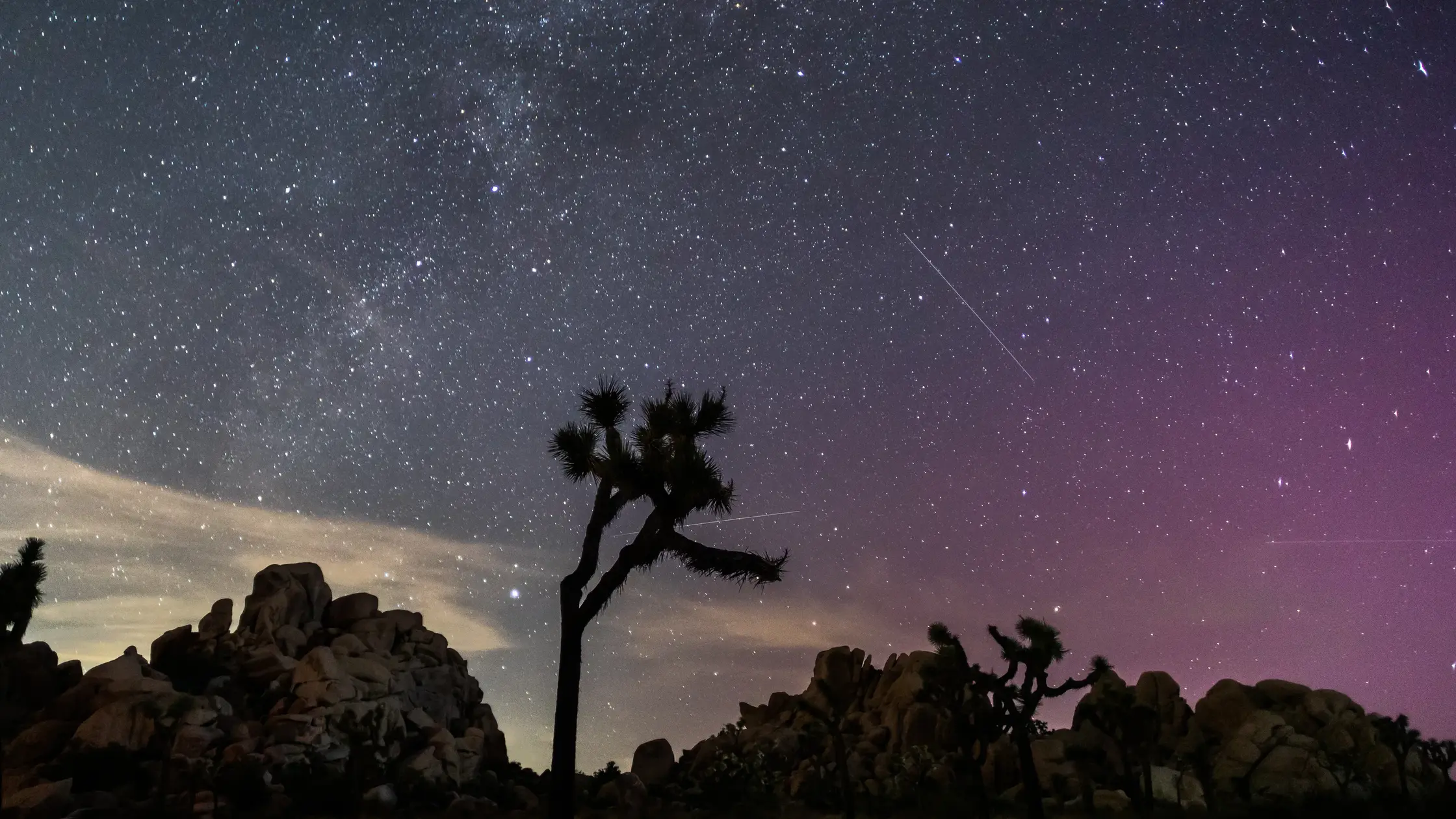
Perseid peak nears as moonlit skies challenge visibility
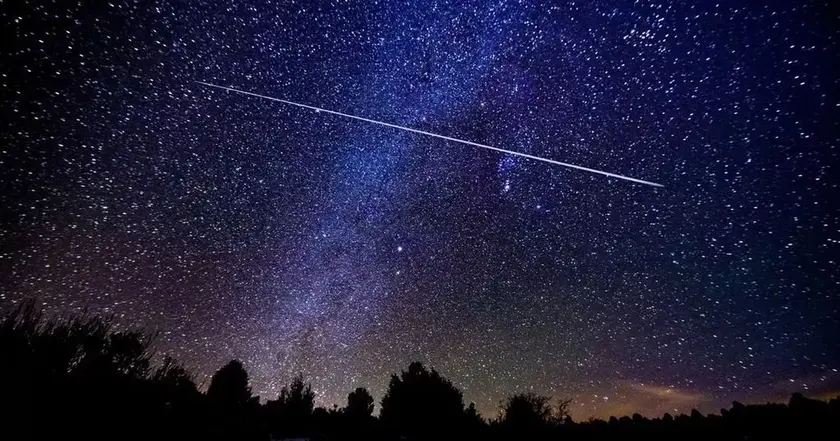
Perseid meteor shower peaks tonight
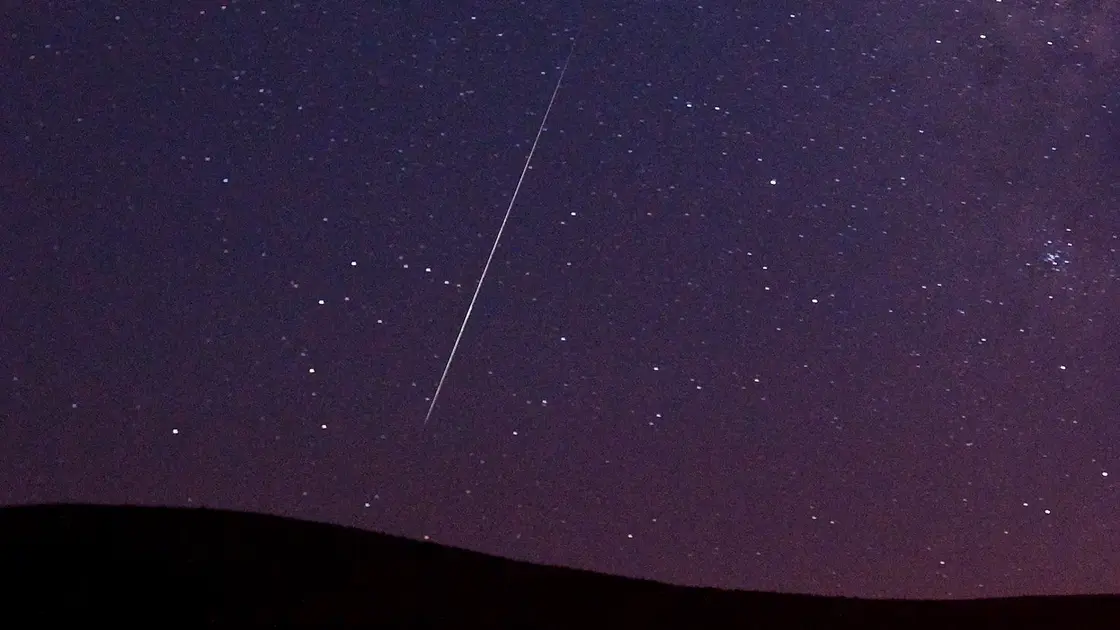
Perseid Meteor Shower Starts Soon
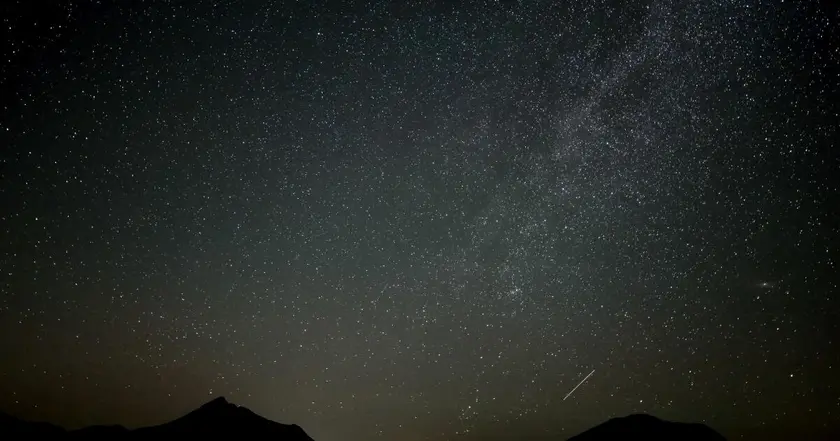
Perseid meteor shower peaks August 11-12
